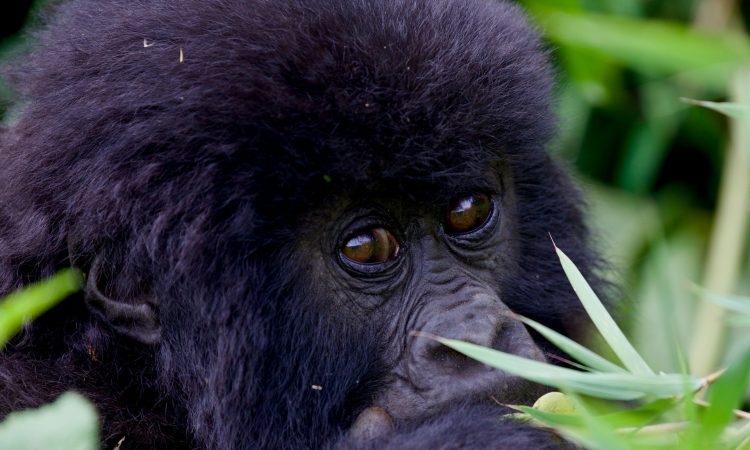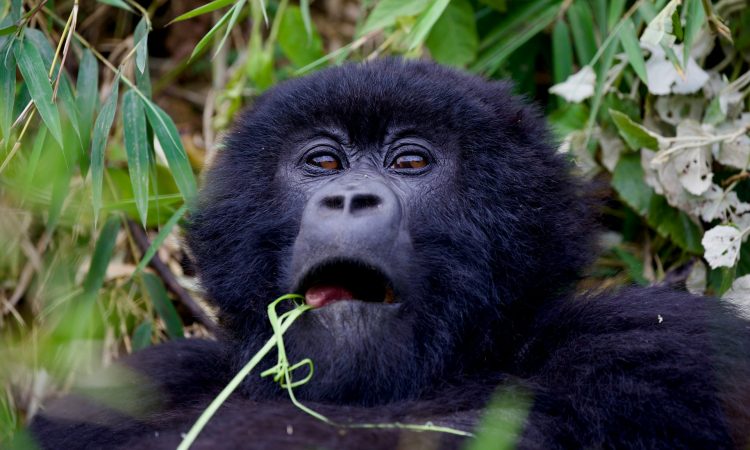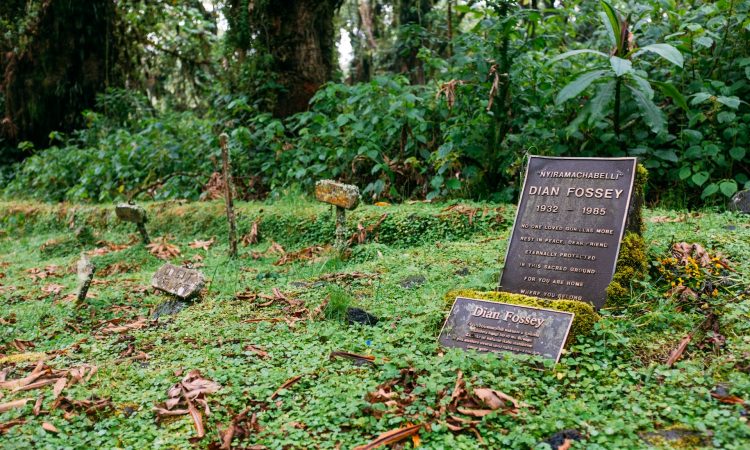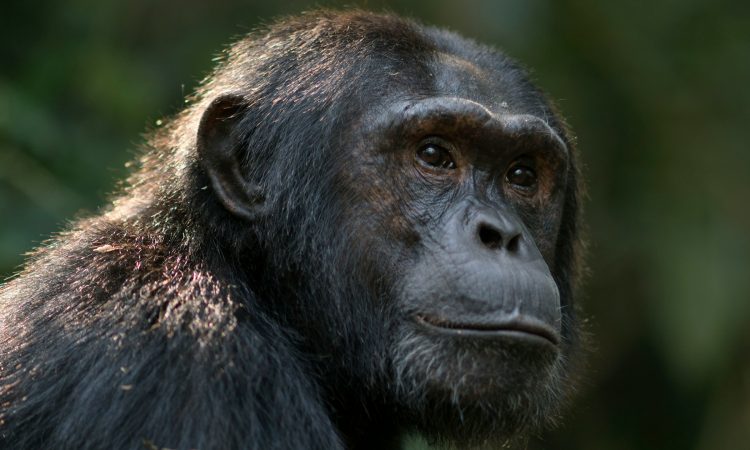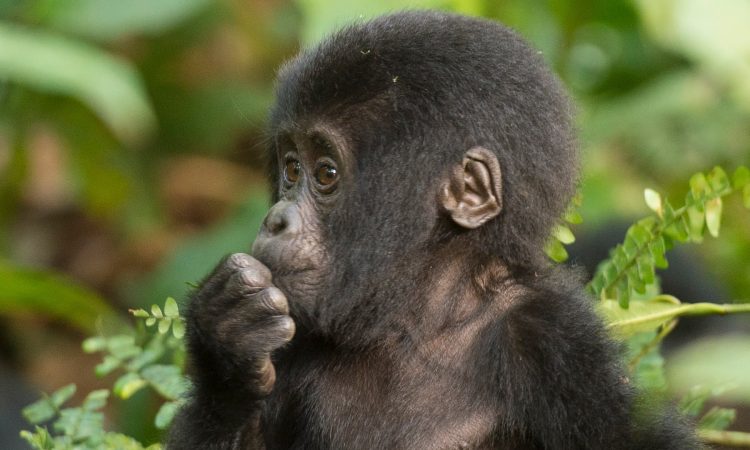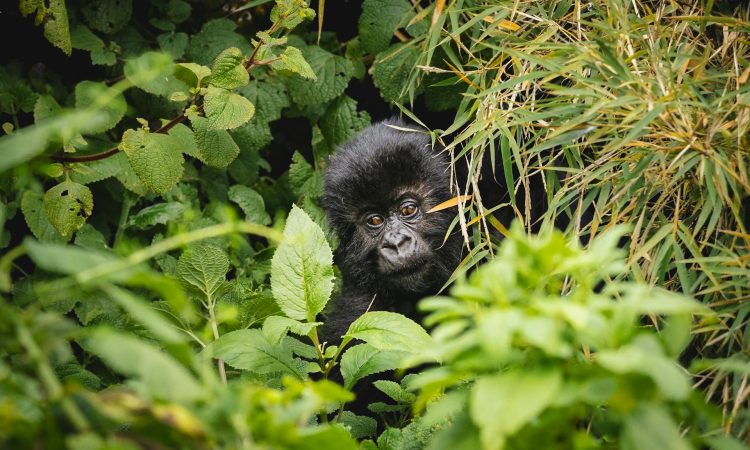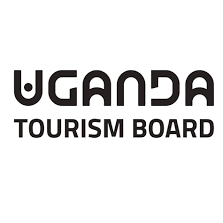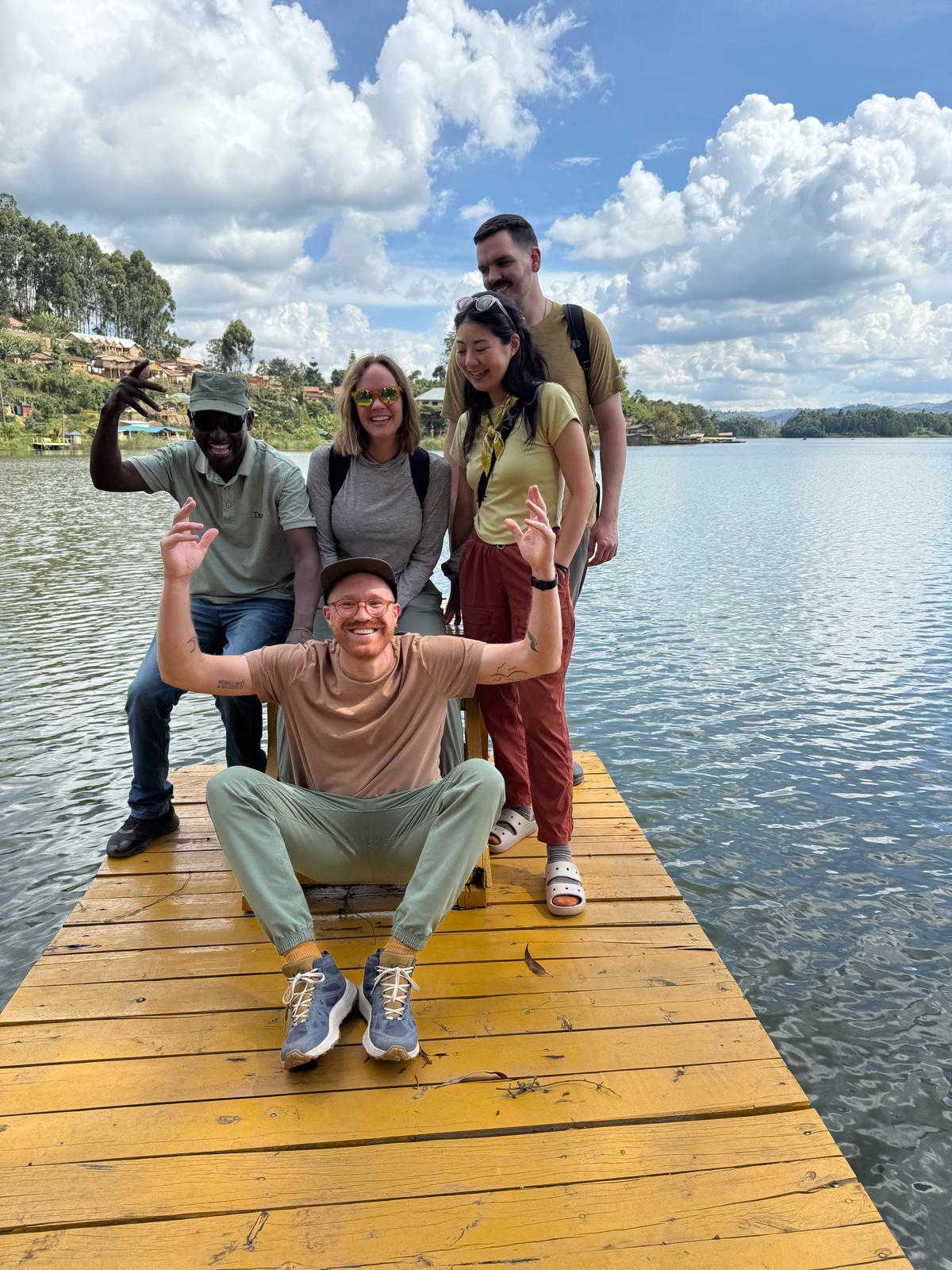Mount Karisimbi is a stratovolcano located at the border of the Democratic Republic of Congo and Rwanda. It is the highest of the eight Virunga range volcanoes and the highest mountain in Rwanda. It stands at 4,507 meters above sea level and is the 11th highest mountain in Africa.
The name “Karisimbi” comes from the Kinyarwanda word “Amasimbi,” meaning “snow,” because its peak is often snow-capped, even during dry seasons. The mountain is famous for its exotic plants, four belts of vegetation, and being home to mountain gorillas, golden monkeys, and other primates.

Karisimbi’s lava is dated to between 0.24 and 0.010 million years ago, making it a young volcano.
Dian Fossey named her research institute “Karisoke” by combining the first four letters of Karisimbi and the last four letters of Bisoke. Her dedication to protecting mountain gorillas significantly increased their population before her death in 1985.
The other Virunga volcanoes include Mount Bisoke, Mount Muhabura, Mount Sabyinyo, Mount Mikeno, Mount Gahinga, and two active volcanoes: Mount Nyamuragira and Mount Nyiragongo. Mount Nyiragongo last erupted in May 2021.
Entry Fees
The entry fee for Volcanoes National Park depends on the activity. Most permits include the entry fee. Fees for Mount Karisimbi are as follows:
- Foreign non-residents: $400
- Foreign residents: $250
- East African foreign residents: $300
- Rwandan and East African citizens: $200
The $400 fee includes the guide, accommodation at the summit, and the hiking permit.
For gorilla trekking, the permit costs $1,500 per person. Rwanda offers discounted permits at $1,050 in May and November, provided tourists visit another national park in Rwanda and stay in the country for at least three days.
Mount Karisimbi Hiking Permit Fee

Hiking permits cost $400 for foreign non-residents, $250 for foreign residents, $300 for East African foreign residents, and $200 for Rwandan and East African citizens. The fee includes overnight accommodation on the mountain and a guide.
Tourists can bring their camping gear or rent it at the park headquarters. Porters and chefs can also be hired at an affordable cost. The hike begins early in the morning at 7:00 am after a briefing at the park headquarters. The trail starts at the foot of Mount Bisoke.
On the first day, hikers ascend to 3,700 meters and camp overnight. A delicious dinner is provided, followed by breakfast the next morning before climbing to the summit.
Reaching the summit takes about an hour and involves a steep, challenging trail. The descent takes approximately 6 hours. From the summit, tourists enjoy spectacular views of Mount Nyamuragira, Mount Nyiragongo, Mount Muhabura, and the surrounding vegetation and settlements.
History of Mount Karisimbi
Mount Karisimbi formed during the Pleistocene Epoch about 900,000 to 130,000 years ago. A crater was left at its summit.
John Hanning Speke first spotted the Virunga Mountains from a distance in 1861. Later, Sir Henry Morton Stanley observed the three eastern volcanoes.
German explorer Count Adolf Von Gotzen explored the two western volcanoes in 1894. The first maps of the area were created during an expedition from 1907 to 1908, led by Adolf Friedrich, Duke of Mecklenburg.
In 1967, Dian Fossey began her research on mountain gorillas in the Virunga Mountains, establishing the Karisoke Research Institute, which continues to operate today.
Fossey spent 20 years in Rwanda protecting mountain gorillas until her murder on December 27, 1985.
Other Activities near Mount Karisimbi
- Gorilla Trekking: Gorilla trekking is the highlight of Volcanoes National Park. Gorilla families live in groups of 5-60 individuals, dominated by a silverback. A Rwanda gorilla permit costs $1,500 per person and must be booked months in advance, especially during peak seasons.
- Golden Monkey Trekking: Golden monkeys are found on the Virunga slopes. Trekking permits cost $100 for foreign nationals and $65 for Rwandan citizens.
- Bird Watching: Volcanoes National Park has over 180 bird species, including 16 Albertine endemics like the Rwenzori Turaco, Dusky Crimsonwing, and Scarlet-tufted Malachite Sunbird.
Location of Mount Karisimbi
Mount Karisimbi is located on the border of Congo and Rwanda. It is 130 kilometers north of Kigali and accessible by road or chartered flights from Kigali International Airport.
Best Time to Visit
Mount Karisimbi can be visited year-round, but the best time is during the dry seasons (June to August and December to February).
The trails are less muddy, and the weather is clearer, offering better views and easier climbs.
Accommodation – Where to Stay
While there is one campsite on the mountain, tourists can stay at nearby lodges such as:
- Bisate Lodge
- Virunga Lodge
- Sabyinyo Silverback Lodge
- Mountain Gorilla View Lodge
- Five Volcanoes Boutique Hotel
These options range from budget to luxury accommodations.

